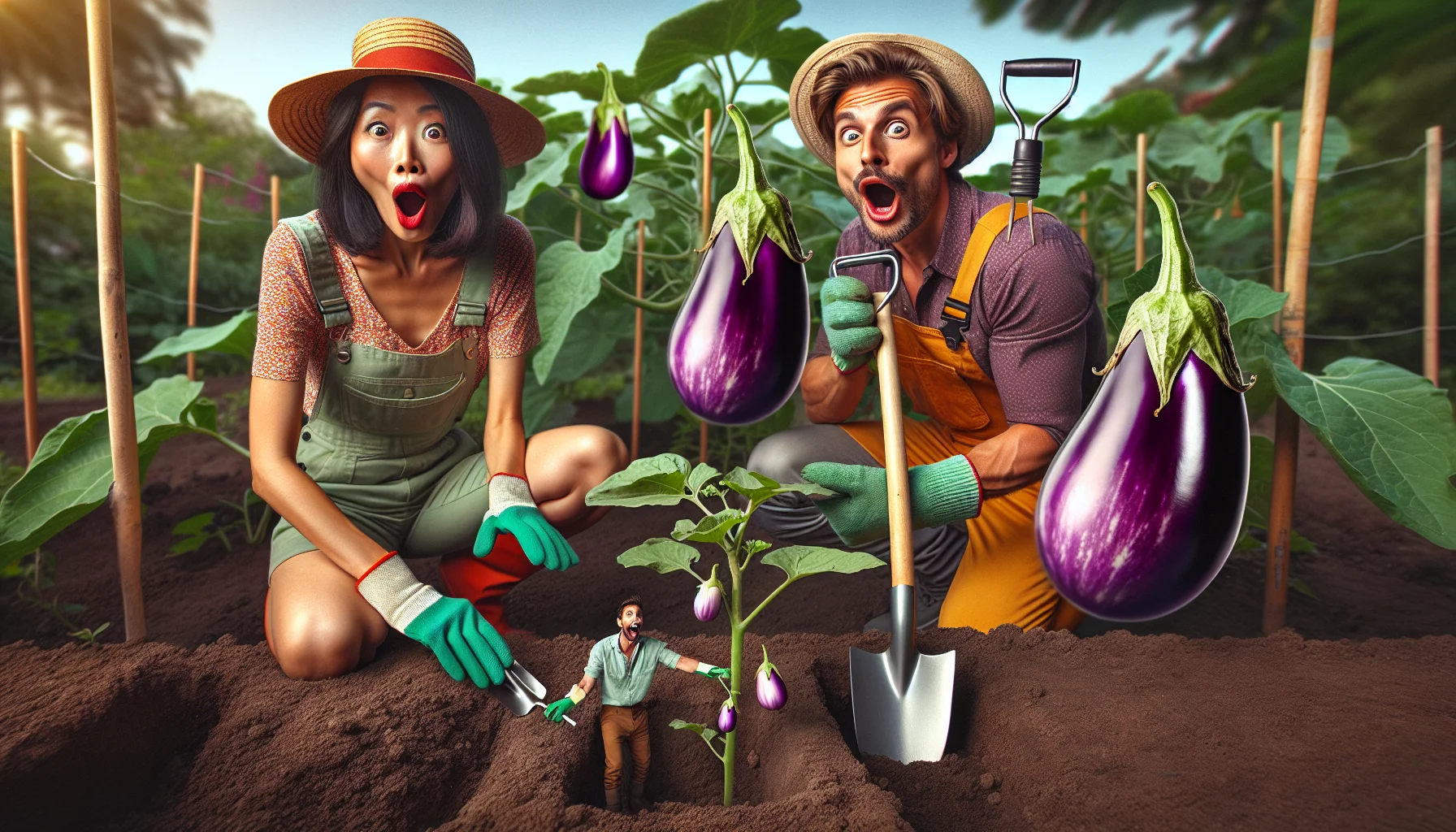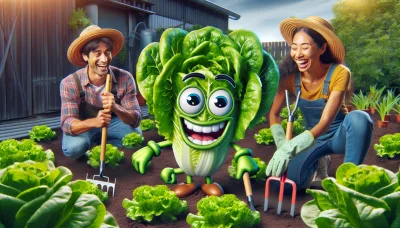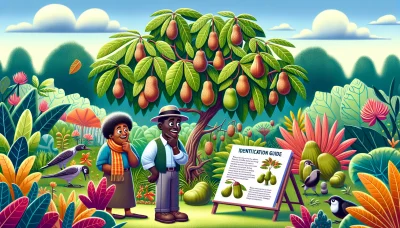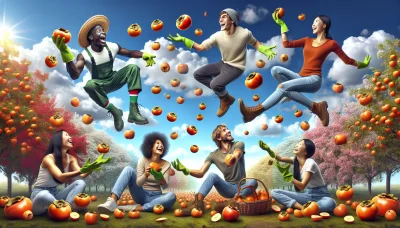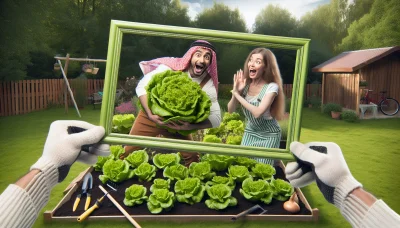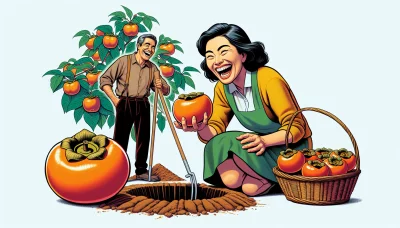Growing eggplant from seed Quiz
Test Your Knowledge
Question of
Introduction to Growing Eggplant from Seed
Growing eggplants from seed can be a highly rewarding endeavor for gardeners of all levels. Starting eggplants from seeds allows for a wider selection of varieties compared to purchasing young plants from a nursery. This process offers the satisfaction of nurturing a plant from its earliest stages, watching as the tiny seeds evolve into flourishing eggplants. Moreover, growing from seed can be more cost-effective and ensures that the plants are healthy and strong from the start, having been raised in the specific conditions of your garden. With patience and proper care, gardeners can enjoy a bountiful harvest of delicious eggplants, perfect for a range of culinary uses.
Choosing the Right Eggplant Seeds
When it comes to cultivating eggplants, the initial step of selecting high-quality seeds is crucial for ensuring a successful harvest. High-quality seeds lead to healthy, vigorous plants that can better resist pests and diseases, ultimately yielding more fruit. There are numerous varieties of eggplants that can be grown from seed, each with its own unique characteristics and flavors. From the classic large purple varieties to the slender, elongated types, and even the small, round ones, there's a wide range of options to suit any gardener's preference. Additionally, considering factors such as climate adaptability and growth duration of different eggplant varieties is essential for a fruitful gardening experience.
Step-by-Step Guide to Planting Eggplant Seeds
- Choose a suitable location with full sun exposure for at least 6-8 hours a day.
- Prepare the soil by mixing in compost or a balanced fertilizer to ensure it is rich in organic matter with a pH between 5.5 and 6.8.
- Ensure the soil temperature is at least 70°F (21°C) for optimal germination. Consider using black plastic mulch to warm the soil if necessary.
- Sow the eggplant seeds ¼ inch deep in the soil, spacing them about 4 inches apart in rows that are 2-3 feet apart.
- Cover the seeds lightly with soil without compacting it, and water gently but thoroughly to moisten the soil.
- Keep the soil consistently moist but not waterlogged. Water the seedlings with a fine mist to prevent washing away the seeds.
- Once seedlings emerge, thin them to about 18-24 inches apart, choosing the strongest plants to continue growing.
- Provide at least 1 inch of water per week, allowing for more frequent watering during dry spells.
- Consider using a row cover to protect the young plants from pests and to maintain a warm environment for growth.
- Monitor for pests and diseases regularly, and take action as needed to keep the plants healthy.
Caring for Your Eggplant Seedlings
Once your eggplant seedlings have sprouted, it's crucial to provide them with the right care to ensure they grow into healthy, fruit-bearing plants. First and foremost, eggplant seedlings require plenty of sunlight. Aim to give them at least 6 to 8 hours of direct sunlight each day. If you're growing them indoors, a south-facing window is ideal, or you may need to supplement with grow lights. When it comes to watering, keep the soil consistently moist but not waterlogged. Overwatering can lead to root rot, so ensure good drainage and let the topsoil dry out slightly between waterings. Fertilization is also key to the growth of your eggplants. Start with a balanced, slow-release fertilizer when you plant them, and then switch to a phosphorus-rich formula once they start flowering to encourage fruit development. With the right balance of sunlight, water, and nutrients, your eggplant seedlings will thrive and eventually produce a bountiful harvest.
Transplanting Eggplant Seedlings
Transplanting eggplant seedlings into your garden or into larger pots is a critical step in ensuring a healthy, productive plant. The best time to transplant eggplants is after the last frost when the soil has warmed to at least 60°F, as eggplants thrive in warm conditions. Seedlings should be hardened off gradually over a week to adjust them to outdoor conditions before transplanting. When transplanting, space the seedlings 18 to 24 inches apart in rows that are 24 to 36 inches apart to ensure each plant has enough room to grow and access to sunlight. Make sure to plant them at the same depth they were growing in their containers to avoid burying the stem too deep. Providing consistent moisture and adding a layer of mulch can help in retaining soil moisture and controlling weeds. Following these best practices will help your eggplant seedlings develop into strong, fruitful plants.
Common Pests and Diseases Affecting Eggplants
- Flea Beetles: Small, dark beetles that jump like fleas when disturbed. They eat holes in the leaves. Prevention includes using floating row covers and applying insecticidal soaps or neem oil.
- Spider Mites: Tiny spider-like pests that cause the leaves to look stippled and may spin fine webs. Increase humidity and spray with water or use miticides as necessary.
- Colorado Potato Beetle: Yellow and black striped beetles that feed on leaves. Handpick beetles and larvae or use row covers. Bacillus thuringiensis var. tenebrionis can be effective as well.
- Verticillium Wilt: A soil-borne fungus that causes plants to wilt and die. Plant resistant varieties, rotate crops, and ensure good drainage.
- Bacterial Wilt: Causes plants to wilt and vascular tissue to turn brown. Control cucumber beetles that spread the disease and remove and destroy infected plants.
- Eggplant Lace Bug: Tiny bugs that feed on the underside of leaves, causing yellowing and drop. Use insecticidal soap or neem oil and remove heavily infested leaves.
Harvesting and Enjoying Your Eggplants
Eggplants are a versatile and delicious vegetable that can be a fantastic addition to your garden. Knowing when to harvest them is key to enjoying their best flavor and texture. Typically, eggplants are ready to harvest when they are shiny, firm, and their skin is a deep purple color, though this can vary with different varieties. The fruit should be heavy for its size, and the seeds inside should be barely visible when you cut it open. If the seeds have become brown, the eggplant may be overripe. After harvesting, eggplants can be stored in the refrigerator for up to two weeks. They are best used fresh to enjoy their natural flavor. Eggplants are incredibly versatile in cooking, making excellent additions to dishes like ratatouille, eggplant parmesan, or simply grilled, baked, or stir-fried. Enjoy experimenting with eggplants in your meals!
